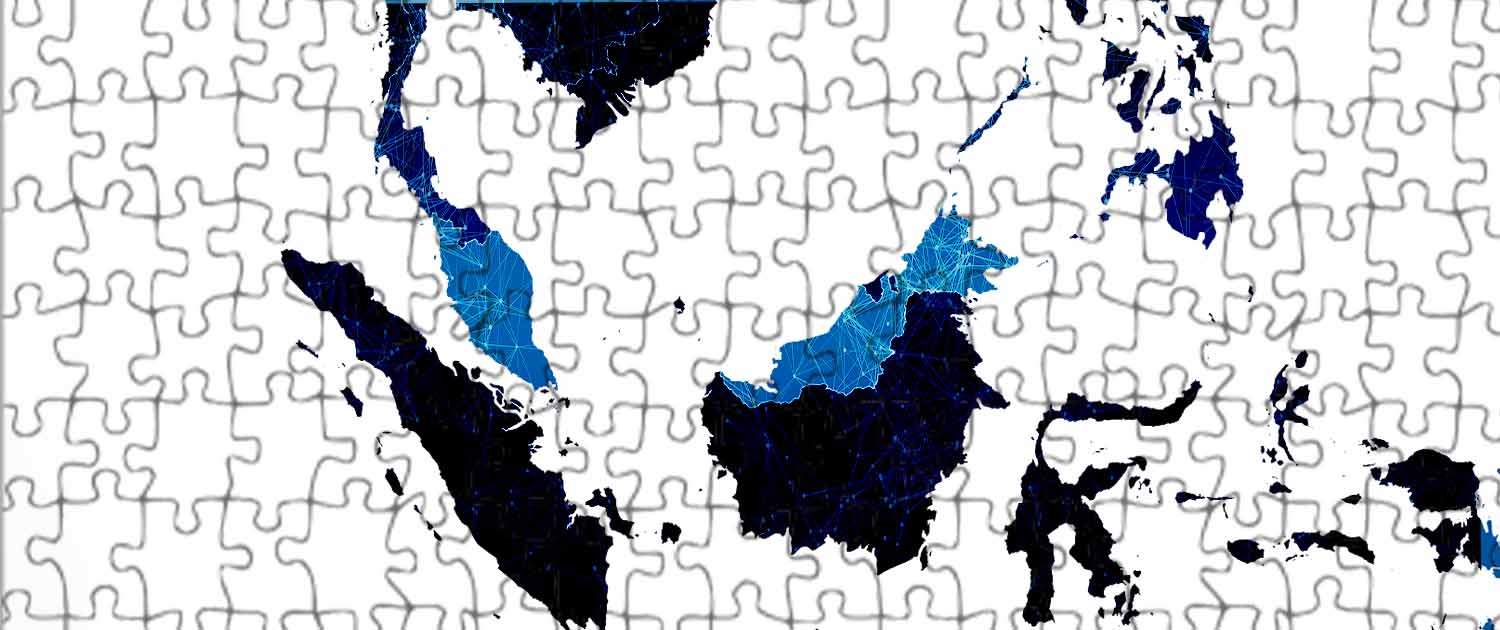Like many countries, the COVID-19 pandemic led to a significant increase (>30%) in Internet traffic in Malaysia, particularly in residential areas, as most workers and students worked and participated in remote classes from their homes.
While the local network was largely able to support these increases, the impact on performance was noticeable (Figure 1).
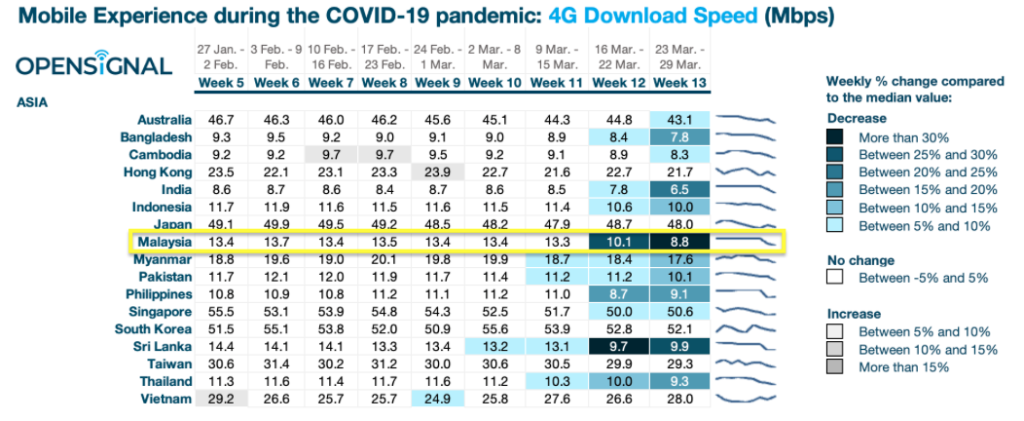
Against this backdrop, the Malaysian Communications and Multimedia Commission (MCMC) launched a five-year national digital infrastructure plan (JENDELA) in September 2020 to deliver fiber connections for nine million premises, 100% Internet connectivity for populated areas, and 100 Mbps mobile broadband speed. The new plan complemented and extended targets set in the MCMC’s recent National Fiberisation and Connectivity Plan (2019—2023).
As the Jendela plan nears its final twelve months, a reported 3.32 million premises have been equipped with fiber optic networks out of the planned 4.19 million, and 2,395 new telecommunication towers out of the scheduled 3,884 are operational.
While the ITU’s broadband mapping portal, BBmaps, has yet to capture these figures, it’s notable how much terrestrial broadband cable infrastructure and intercontinental submarine cable connectivity the country had as of 2020 (Figure 2).
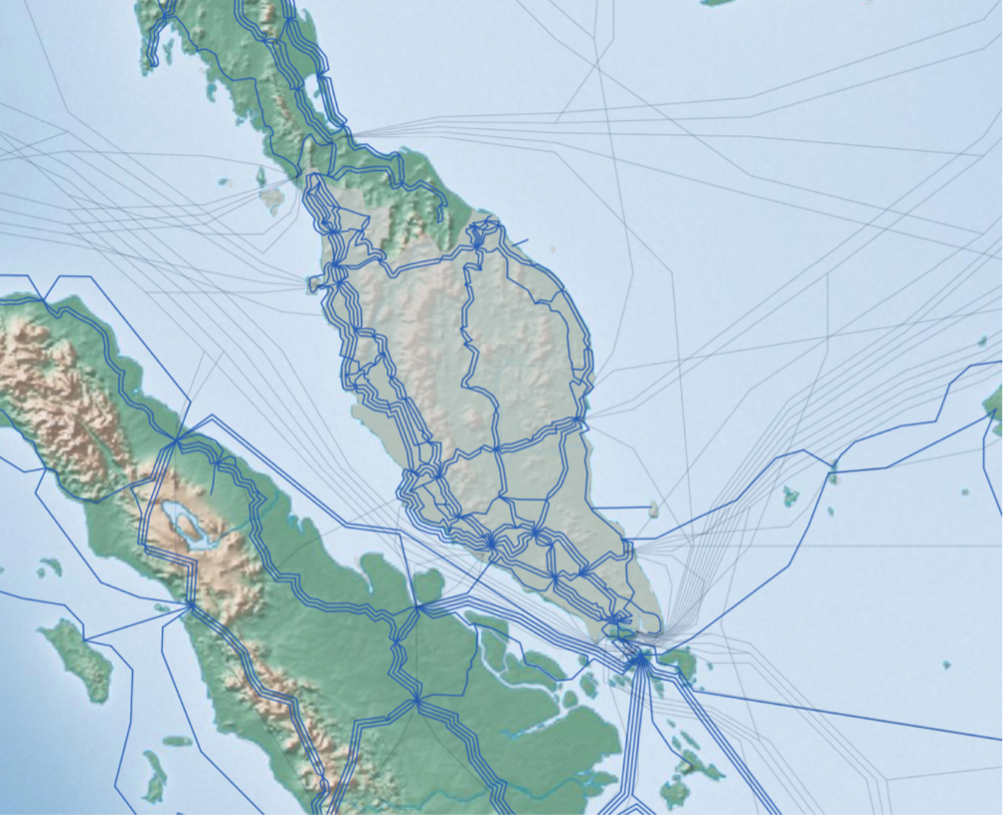
While one might assume from this map that the country was well-prepared for any disruptions and had high Internet resilience, the pandemic conditions highlighted how vulnerable it was, particularly from an infrastructure point of view.
This vulnerability is noticeable in Malaysia’s Internet Society Pulse Internet Resilience Index profile (Figure 3), with Infrastructure resilience (43%) ranking as the lowest of the four pillars we use to measure Internet resilience.
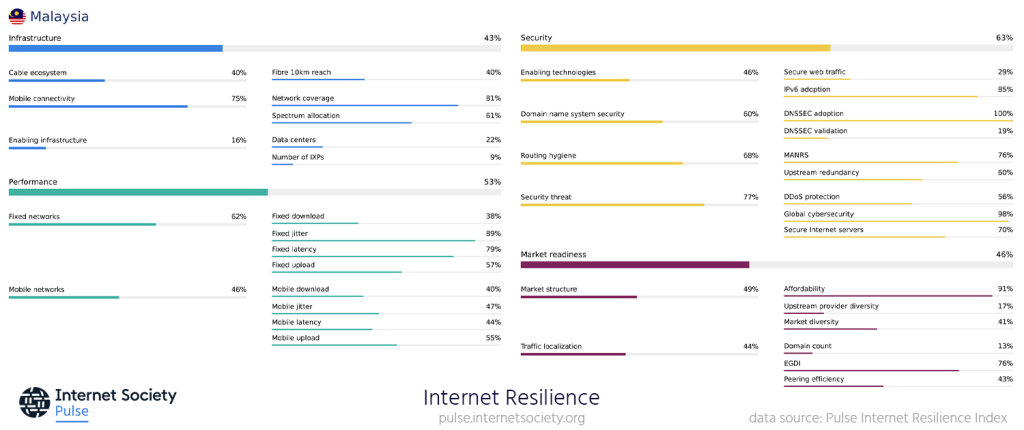
There’s a Lot More than Infrastructure When Considering Internet Resilience
It’s important to note that Internet resilience is multi-faceted, involving physical infrastructure, performance, security, and market diversity.
| Infrastructure | The existence and availability of physical infrastructure that provides Internet connectivity. |
| Performance | The ability of the network to provide end-users with seamless and reliable access to Internet services. |
| Security | The ability of the network to resist intentional or unintentional disruptions through the adoption of security technologies and best practices. |
| Market Readiness | The ability of the market to self-regulate and provide affordable prices to end-users by maintaining a diverse and competitive market. |
By considering these four dimensions, Internet Society Pulse provides a holistic assessment of Internet resiliency — the ability to maintain an acceptable level of service in the face of faults and challenges to regular operation — helping stakeholders understand the strengths and weaknesses of their Internet infrastructure and identify areas for improvement.
To this end, while cable infrastructure is essential and is being addressed through Malaysia’s national broadband plans, there are multiple other resilient metrics that the country’s decision-makers need to address to fully appreciate the gains it will get from this, particularly transit provider diversity and traffic localization.
Transit Provider Diversity
Ensuring a diverse range of transit providers is essential for maintaining a reliable and resilient Internet ecosystem within the country.
When multiple service providers and enterprises depend on just a few upstream providers, the risk of disruptions increases. If one of these providers experiences an outage, it can lead to widespread service interruptions and operational challenges. The impact of these scenarios has recently played out in Canada, Italy, and Australia.
Read: Internet Outages: A Case of If, Not When
Therefore, it’s critical for all service providers to prioritize transit provider diversity as part of their redundancy and resiliency strategies, ensuring uninterrupted connectivity for users and businesses alike.
According to the Pulse Country Report, Malaysia’s transit provider diversity is ‘Poor.’ This ranking stems from the fact that many operators within Malaysia seem to rely on a limited number of upstream providers, leading to a centralization effect in the market (Figure 4).
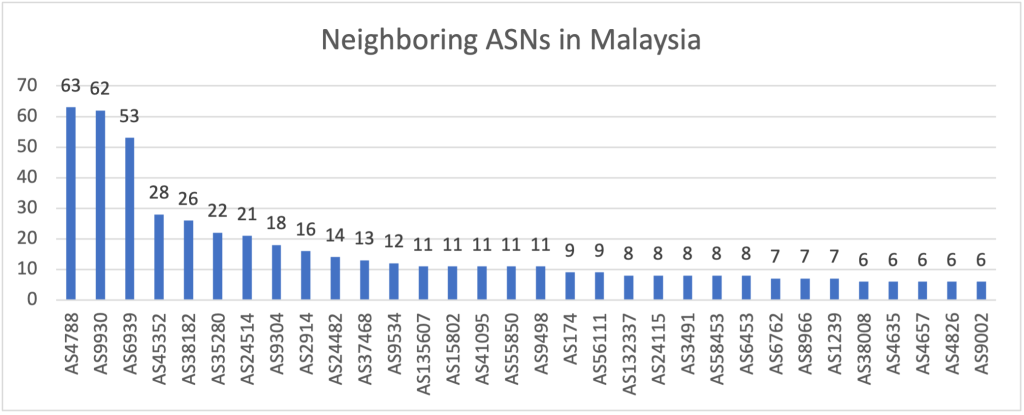
Keeping Traffic Local
Promoting local traffic retention is essential to support a thriving local Internet ecosystem.
Hosting content that users within the country frequently access ensures lower latency, higher throughput, and cost savings. Additionally, local hosting mitigates the impact of outages on international links, enhancing overall network resilience.
Upon examining the top websites in Malaysia (as ranked by Tranco), we can see that the majority (n=1,896) are served by Cloudflare servers, most of which are cached locally (Figure 5).
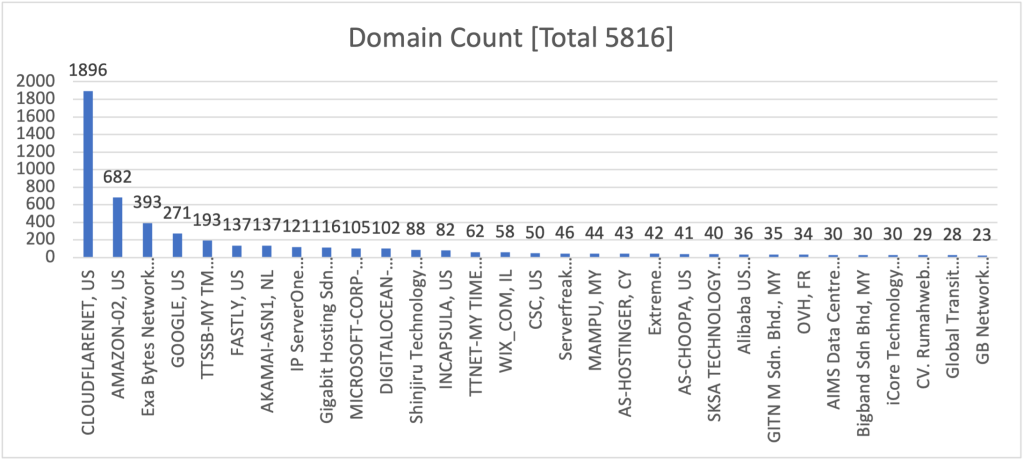
Other essential factors to keep traffic local are neutral Internet Exchange Points (IXPs) and data centers. By offering neutral facilities where multiple Internet Service Providers (ISPs) and content providers can connect and exchange traffic efficiently, the barriers for new entrants are significantly lowered.
An IXP is a physical and usually neutral location where different networks meet to exchange local traffic via a switch. To use an analogy, an IXP is like an Internet bus depot, which all different networks can access (connect to) in one place to exchange passengers (local traffic).
Existing operators also benefit from this infrastructure by scaling and growing their operations without the substantial financial burden of constructing and maintaining their own facilities. This enables a more competitive landscape and encourages innovation, ultimately contributing to the overall development and expansion of the digital economy within the country.
Learn more about the Internet Society’s 50/50 Vision to keep at least half of all Internet traffic in emerging economies local by 2025.
Increasing IPv6 and RPKI Adoption Show’s Proactiveness of Community to Secure and Sustain the Internet
As previously noted, Internet resilience relies on numerous factors. As such, it’s important to note the advances that Malaysia has made in other areas of its resilience, too, particularly its IPv6 adoption and routing security coverage.
According to the Pulse Country Report, Malaysia currently ranks among the top five for IPv6 adoption globally. This achievement is crucial for the country’s future Internet growth, considering the limited availability of IPv4 address space.
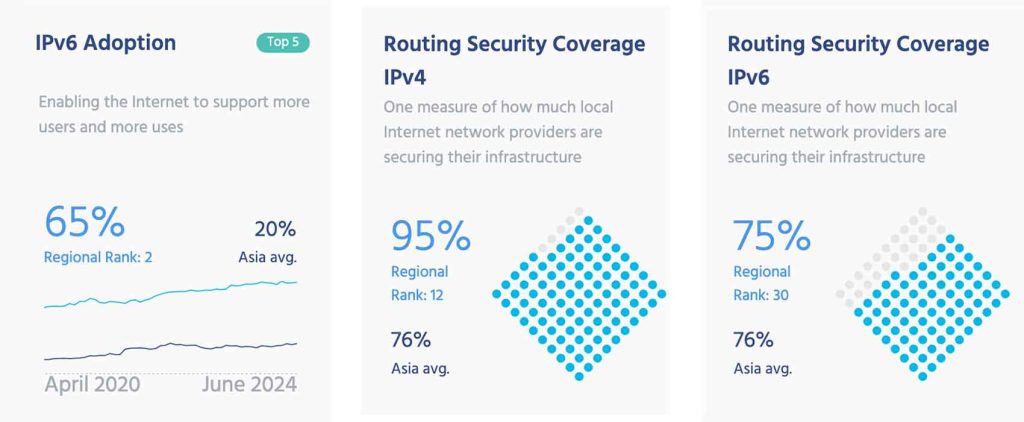
Resource Public Key Infrastructure (RPKI) represents a significant and well-needed advancement in the global routing ecosystem. It offers essential security measures against threats such as route hijacking.
By implementing RPKI, organizations can safeguard their address resources by creating route origin authorizations (ROAs) for their advertised IP address resources.
Malaysia has shown significant progress in adopting these best practices in routing security, indicating a strong commitment to enhancing Internet security and resilience within its borders. This proactive approach mitigates potential security disruptions and contributes to the overall stability and reliability of the Internet infrastructure in Malaysia.
For further insights into the health and resilience of Malaysia’s Internet, please refer to our recent presentation at the Malaysia Network Operators’ Group meeting (MYNOG 11) and explore the Internet Society Pulse Internet Resilience Index and Country Report.

